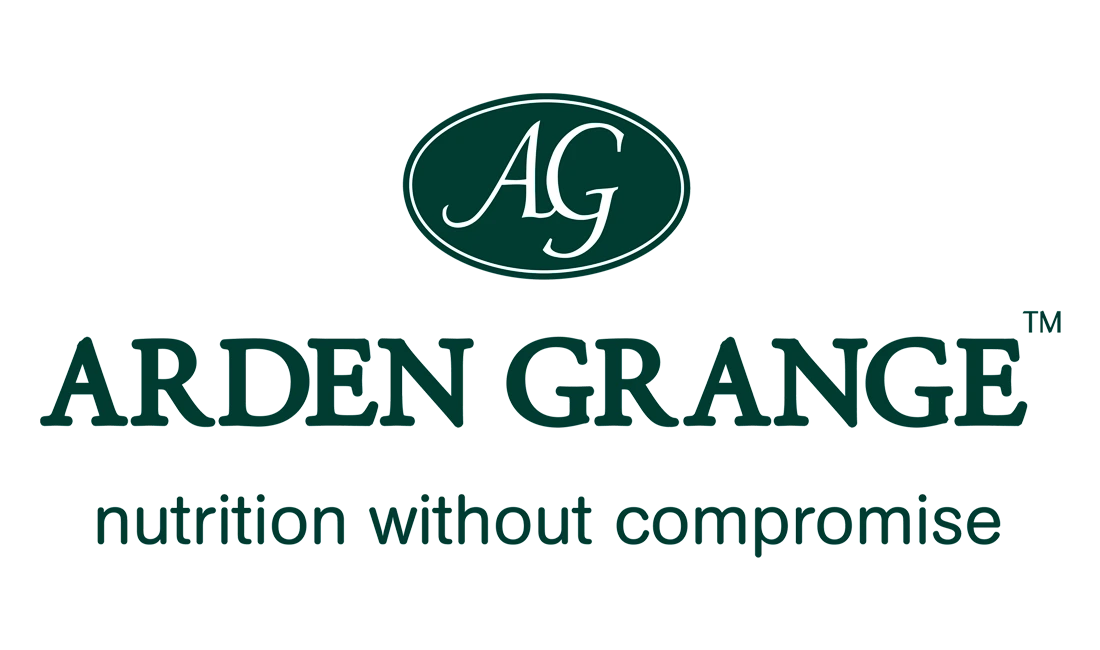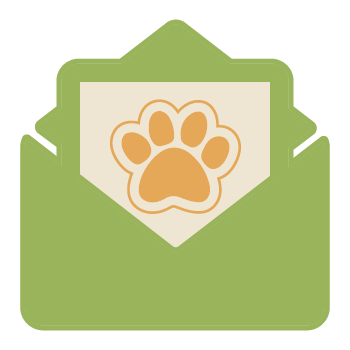10 calming tips for anxious dogs
You first need to be sure that your dog is indeed anxious, and any unusual behaviour is not manifesting as a result of a medical problem such as neurological or thyroid disease. Older dogs may be experiencing a decline to their senses, which can cause anxiety or manifest in some signs that may look similar. Although a trip to the vet can be stress- inducing in itself, it is important to rule out medical conditions, because some symptoms of anxiety can be similar to those exhibited by a dog that is physically unwell. These may include vocalising more than usual, hiding, trembling and showing a reluctance to indulge in normal behaviours such as playing. Excessive grooming/licking and inappropriate urination may be signs of anxiety, but can also be symptomatic of other conditions such as allergic skin disease (overgrooming) and urinary tract disorders (inappropriate urination). Once your vet has diagnosed anxiety, referral to a behaviourist may be suggested. This can be very beneficial especially if you need help establishing the cause of your dog’s heightened stress.
Consider all possible reasons why your dog might be feeling anxious. Keeping a diary can be helpful. Have there been any changes to his/her daily routine? Sometimes it can be easy to establish why a dog is stressed; e.g. the arrival of a new pet or a new baby. Other times it can be difficult because the stressful events may be happening out of sight. Separation anxiety is the most common specific anxiety affecting dogs. Sometimes a single event that has frightened the dog can develop into a persistent, excessive fear known as a phobia. Related events can act as triggers, for example, loud traffic noises or gun shots may act as a stimulus to a dog with a phobia of thunder storms. Associated events or anything that triggers a memory of the storm may also trigger anxiety even if there is no storm. The most common phobias affecting dogs are related to noise.
Diet can affect canine behaviour. Have you changed your dog’s usual food lately? Dogs digest and assimilate different diets to different degrees of efficiency, and sometimes a product with alternative ingredients or a different nutrient balance (the way in which the protein, fat and carbohydrate are proportioned) will alter the blood sugar, serotonin levels and rate at which energy is released. If your dog was previously behaving normally on his original food, try changing it back to see whether his behaviour reverts back to normal. Irregular food intake can also cause fluctuations to the blood sugar, so make sure your dog is eating sufficiently and at regular times. Anxious dogs may not want to eat, and this can heighten symptoms because of the drop in serotonin levels. Certain chemical colourants and preservatives are believed to contribute to learning difficulties and hyperactivity in children, and sensitive dogs might also suffer from similar adverse responses, although this is largely based on anecdotal rather than scientific evidence.
Pheromone therapy can be an effective way to help appease an anxious dog, although it must be emphasised that this does not negate the need to try to establish the root cause of the problem and eliminate, or minimise where possible, the stressful events. Pheromone products contain adaptil, which is a synthetic copy of the natural comforting pheromone that a dam releases to reassure her puppies. You can choose from adaptil sprays (to use on bedding), collars and diffusers.
Taking active steps to help your dog to relax is very important. Remember that every dog is different, the cause/s of anxiety can be very variable, and the most effective methods to help to calm the dog will vary again depending on the individual. Some dogs for example feel very safe in a crate, whilst others may panic if confinement is enforced. It is not generally advisable to reassure the dog mid-panic, because this can reinforce and reward the behaviour. Try to pre-empt the fear, and settle the dog as best you can before the event. Never punish anxious behaviour as this can make things much worse. Desensitisation and counter-conditioning are most effective in dogs that have only recently started to suffer from anxiety. Desensitising describes the repeated exposure of the dog to the stimulus that provokes the fear, but at such a low level that it fails to provoke a nervous response. Counter-conditioning describes training the dog to perform a positive behaviour in place of the negative behaviour. Desensitising CDs are available for dogs that are fearful of fireworks and other noises. These are sound based treatment programmes that use specially recorded sounds alongside simple training methods.
Separation anxiety is the most common specific anxiety that affects dogs. Ensure you are spending adequate quality time with your dog. This means setting aside special time for grooming and playing games, but don’t focus your attention on the dog all the time you are home as this increases his/her dependence. It may help to leave your dog for very short periods to start with; and before leaving the house or returning home, ignore him/her. Make sure the environment he/she is left in is suitable, with safe toys e.g. a stuffed Kong to keep him occupied, and a comfortable bed. Some dogs like to observe the outdoors through a window, although others may become nervous or overexcited at passers-by. Some may feel more settled if a radio is left on low for some quiet background noise. Helping your dog to become less dependent or fixated on one person (if he/she has a favourite family member) may be beneficial, so if there is someone else who can be responsible for feeding and grooming duties sometimes, this can strengthen bonds between the dog and other members of the household and help increase his/her confidence with them and lessen his/her reliance on you.
Canine anxiety is serious because it is an unpleasant condition for both the dog and owner to have to deal with. In cases where a dog is suffering from prolonged periods of stress, or he/she is demonstrating problem behaviours such as aggression or inappropriate urination; prescription veterinary drugs can be very beneficial. Medication must only be used under your vet’s guidance, and may not be suitable for dogs with hepatic or renal dysfunction. Some drugs e.g. benzodiazepines are only suitable for short term use as they can affect the memory and cause lethargy. Benzodiazepines reduce the dog’s fear response, and have an immediate calming effect. Azapirones may be used to treat phobias and fear aggression. They are not helpful for panic disorders, but may be effective in cases of more generalised anxiety. Tricyclic antidepressants (TCAs) may be used for anxiety, panic, phobias, and compulsive behaviours such as chasing shadows or excessive licking. They are sometimes used to treat help aggressive behaviours caused by underlying anxiety. Selective serotonin reuptake inhibitors (SSRIs) are longer-acting and considered safer than TCAs. They affect the dog’s serotonin production and can be helpful for compulsive behaviours and aggression. Drugs should be used in conjunction with, not instead of behavioural therapy. Arden Grange Tasty Paste is ideal for giving medication.
There are a number of natural remedies available that may help appease anxious dogs. These include Adaptil tablets, which contain a combination of GABA, L-tryptophan, L-theanine and B-vitamins, and are a non-pheromone calming tool that can be used to support dogs during stressful events. Another option is Kalm Aid, which contains L-Tryptophan and L-Theanine. L-trytophan is a precursor to serotonin (the “happy hormone”), whilst L-theanine stimulates the release of dopamine, a neurotransmitter responsible for confidence and a sense of well-being. The efficiency of flower remedies is debatable, but Bach Rescue Remedy Pet is an alcohol-free safe option for dogs. Thunder Shirts are not a remedy as such, but fall under “natural care” and work by applying gentle, constant pressure on the dog’s torso, and many owners report this has a calming effect.
Many dogs can be perfectly happy most of the time, but cannot cope with certain stressful situations that happen irregularly. Examples may include firework phobia, fear of storms, travelling or visiting the vet. It goes without saying that it’s vital to keep your dog safely indoors when there are firework displays or stormy weather. Behavioural modification and/or medication are necessary if your dog becomes severely stressed. Desensitisation is effective for many dogs, but it needs to be started early to be effective.
Dogs are very sensitive creatures and soon pick up on how their humans are feeling. Try to ignore any unacceptable behaviour as much as you can, because attention in itself is a reward. Try to pre-empt your dog’s responses and distract him before he can engage in an undesirable behaviour. This can really help because the familiarity of a set routine can reinforce certain behaviours. By doing something different (e.g. instigating a new game) rather than simply anticipating the behaviour can be beneficial. Punishing the dog will not work, and may make things worse because this increases the unpredictability of the environment and can result in heightened fear, which in turn can damage your dog’s trust in you and cause or worsen aggression.


 Puppy
Puppy
 Adult
Adult
 Senior
Senior
 Sensitive
Sensitive
 Treats
Treats Kitten
Kitten
 Adult
Adult
 Senior
Senior
 Trusted British Brand
Trusted British Brand

